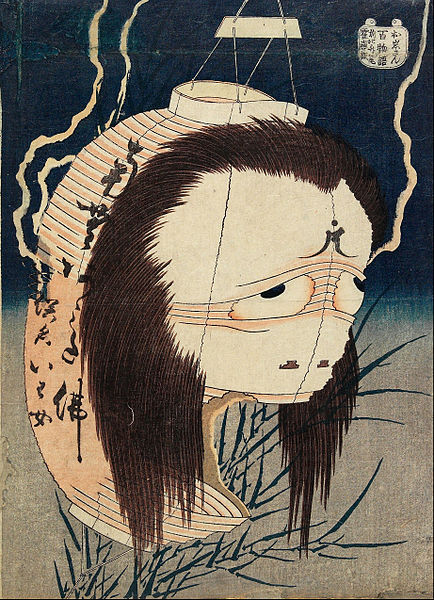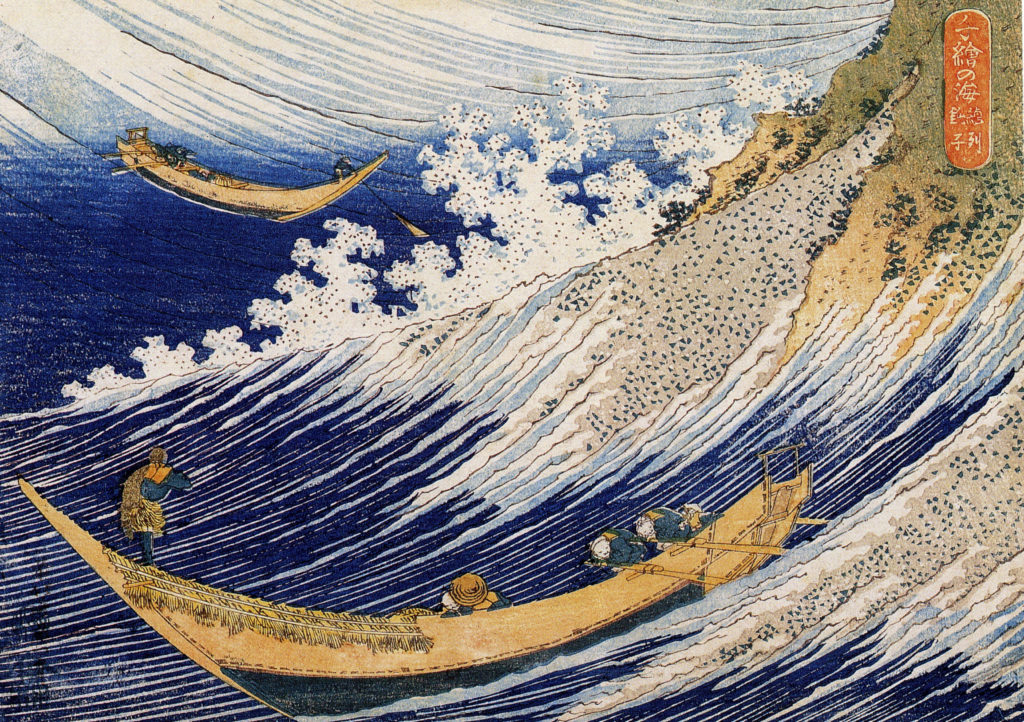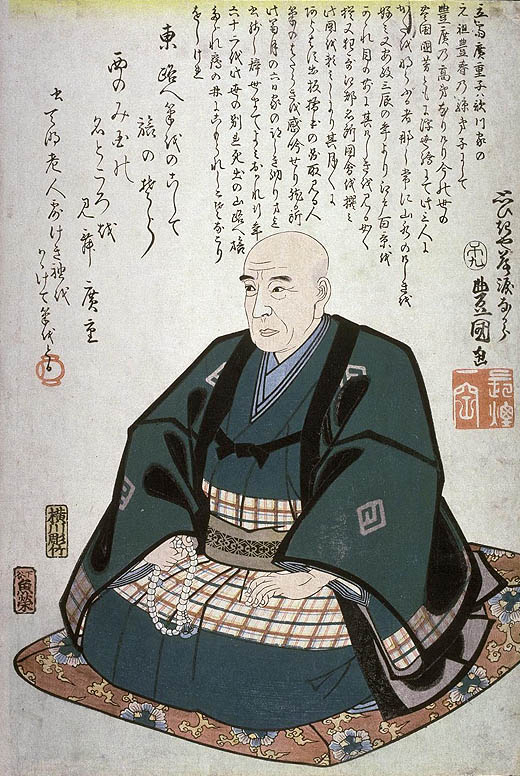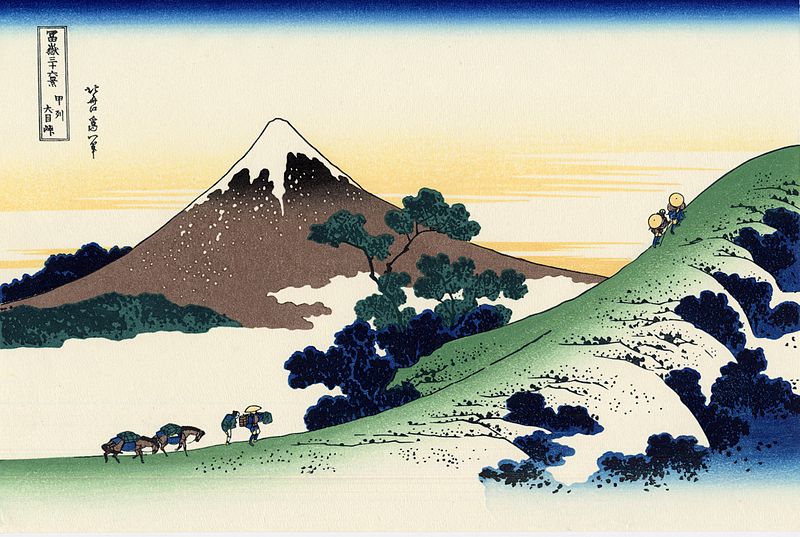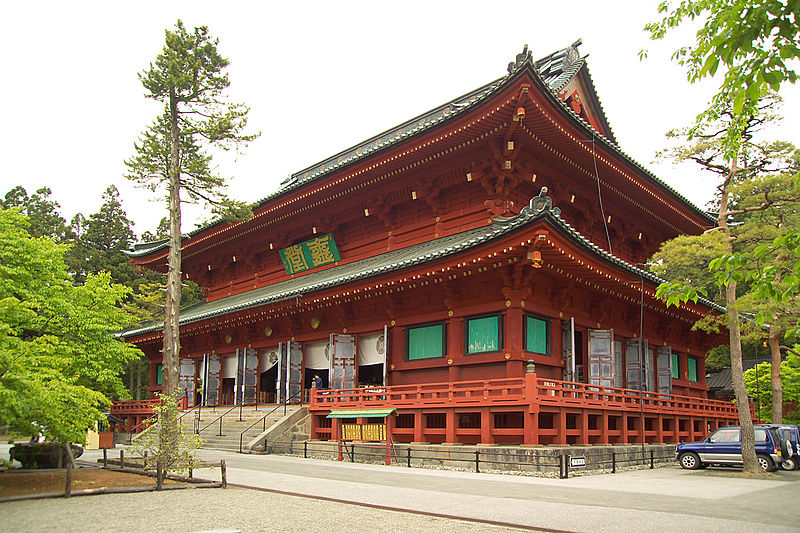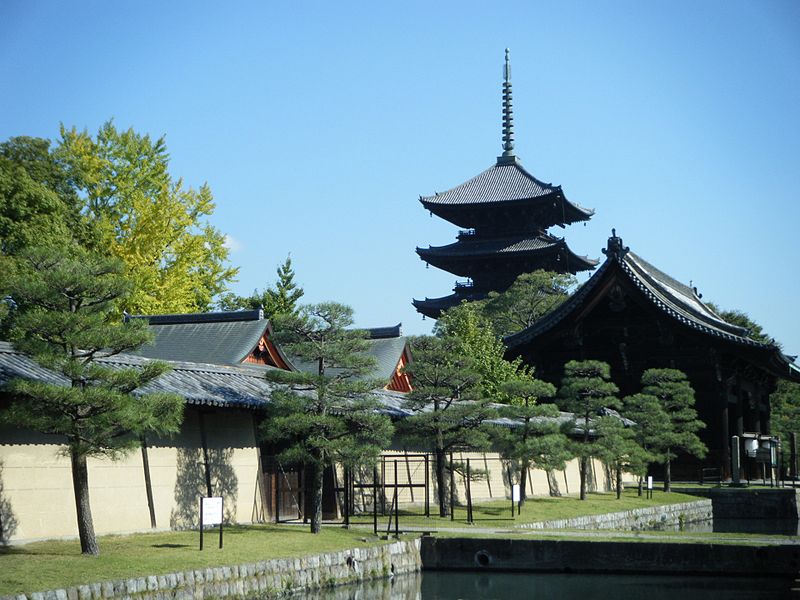Hokusai’s horror ghosts artworks (ukiyo-e)
The series of “A hundred horror stories” prints Katsushika Hokusai (1760-1849) began to deal with “A hundred horror stories” (Hyaku-monogatari/百物語) in 1831. He used the painting name of “Iitsu” (為一) as the signature. Hyakumonogatari was the traditional way of a gathering to speak and hear ghost stories. As the title represents, he and the publisher […]
Hokusai’s horror ghosts artworks (ukiyo-e) Read More »

